We’ve already seen early plans from Amazon to create drones that can drop off packages: Now German company Festo is asking another important question – how can drones pick stuff up? The answer is a combination of several of their projects, called the FreeMotionHandling project, and it’s one of the most sci-fi things we’ve seen in real life.
This drone is basically just a big inflatable sphere combined with a ring of camera sensors, about 54 inches in diameter. All the electronics are housed in the carbon fiber camera ring, including four steering drives that can propel the sphere in all kinds of directions. The battery on-board can last for around 40 minutes – not quite enough for the average delivery service, but not bad considering the goals here.

The gadget’s infrared camera sensors, which are constantly analyzing the space around it, are very impressive, but the griping mechanism may be even cooler. This is a cylindrical tool that the sphere inflates with helium (dong joke here) and slurps around objects like apples: Much like a bacteria or starfish, it uses a mix of friction and suction to hold the object – or objects, because the FreeMotionHandling project can pick up more than one thing as long as the weight stays just under a pound.
Apparently the drone’s systems and sensors can analyze objects independently, understand their key features, and then recognize similar objects…all impressive programming that would be necessary for the drone to conduct any real pickup or delivery services. It’s a culmination of some very advanced tech projects, and it looks seriously cool.
However, the FreeMotionHandling project is, at its heart, still a research product. It’s not a true prototype of any product coming to shelves (wind alone would be its downfall), but it an example of the direction we can take personal drones. To be honest, we’d love to see a kid’s version of this as an alternative to the typical remote-control helicopter – and a lot less likely to break apart when crash landing.
![10 Best Drones for Beginners in [year] 1 Best Drones for Beginners](https://www.gadgetreview.dev/wp-content/uploads/Best-Drones-for-Beginners-300x167.png)
![10 Best Drones for GoPro in [year] 2 Best Drone for GoPro](https://www.gadgetreview.dev/wp-content/uploads/Best-Drone-for-GoPro-scaled-1-300x200.jpg)
![10 Best Drones for Kids in [year] 3 Best Drone for Kids](https://www.gadgetreview.dev/wp-content/uploads/Best-Drone-for-Kids-scaled-1-300x169.jpg)
![10 Best Drones for Travelling in [year] 4 Best Drones for Travelling](https://www.gadgetreview.dev/wp-content/uploads/best-drones-for-travelling-300x158.jpg)
![10 Best Fixed Wing Drones in [year] 5 Best Fixed Wing Drone](https://www.gadgetreview.dev/wp-content/uploads/Best-Fixed-Wing-Drone-300x200.jpg)
![10 Best Foldable Drones in [year] 6 Best Foldable Drones](https://www.gadgetreview.dev/wp-content/uploads/best-foldable-drones-300x182.jpg)
![10 Best Follow Me Drones in [year] 7 Best Follow Me Drone](https://www.gadgetreview.dev/wp-content/uploads/Best-Follow-Me-Drone-300x200.jpg)
![10 Best FPV Racing Drones in [year] 8 Best FPV Racing Drone](https://www.gadgetreview.dev/wp-content/uploads/Best-FPV-Racing-Drone-scaled-1-300x225.jpg)
![10 Best Indoor Drones in [year] 9 Best Indoor Drone](https://www.gadgetreview.dev/wp-content/uploads/Best-Indoor-Drone-300x180.jpeg)
![10 Best Professional Drones in [year] 10 Best Professional Drone|Flyability Elios 2 Professional Drone](https://www.gadgetreview.dev/wp-content/uploads/Best-Professional-Drone-300x168.jpg)
![10 Best Selfie Drones in [year] 11 Best Selfie Drones](https://www.gadgetreview.dev/wp-content/uploads/Best-Selfie-Drones-300x169.jpg)
![10 Best VR Drones in [year] 12 Best VR Drone](https://www.gadgetreview.dev/wp-content/uploads/Best-VR-Drone-300x156.jpg)
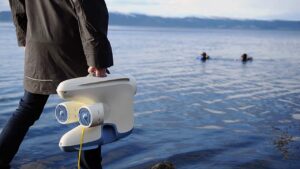
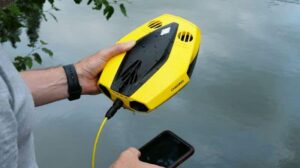
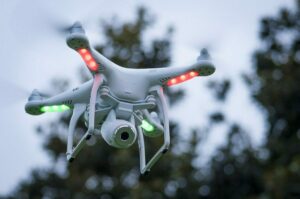
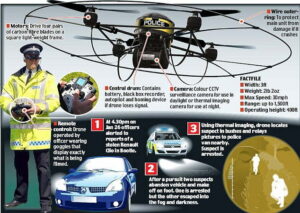
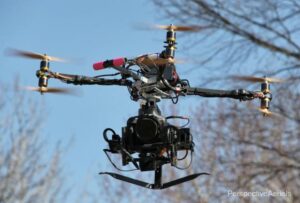

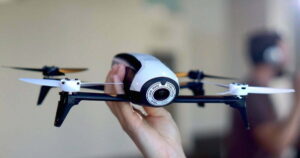
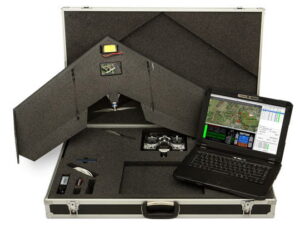
3 responses to “Post Title”